Posts
01 Jan 0001
Stirring Christmas Cake Clockwise: Understanding the Superstition's Origins and Significance
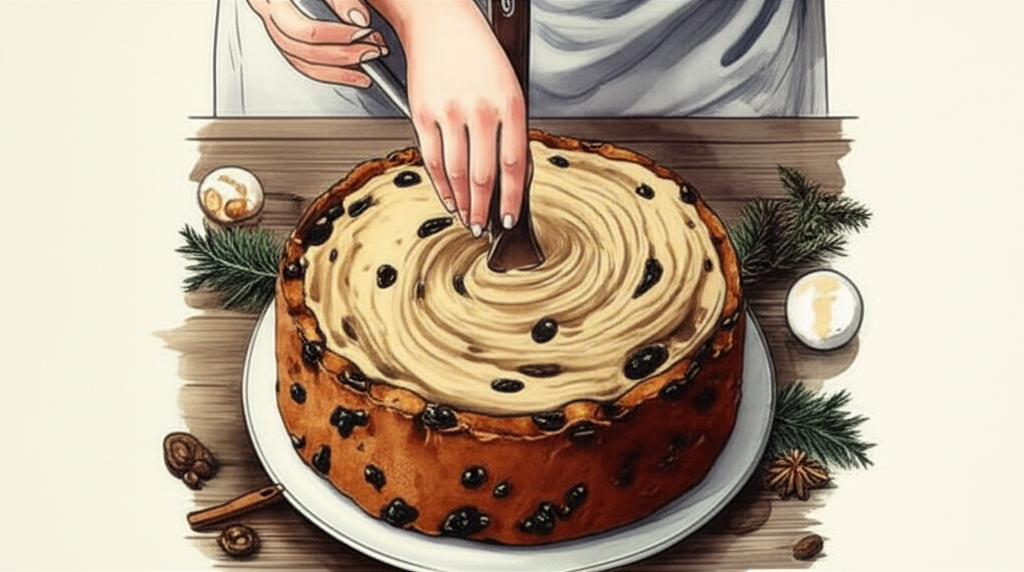
Christmas cake, a rich and enduring staple of the holiday season, is steeped in tradition, with rituals surrounding its preparation as significant as the cake itself. One enduring superstition dictates that the cake batter must always be stirred clockwise. This article explores the historical roots and cultural context behind this intriguing custom.
Fruitcake’s origins trace back centuries. Initially, it appeared as a plum porridge consumed on Christmas Eve as preparation for the fasting observed on Christmas Day. The recipe evolved over time; wheat flour replaced oatmeal, and ingredients like butter, sugar, and eggs were incorporated. Along with these changes came specific customs, with stirring the batter holding particular importance. Traditionally, every member of the household, even infants whose hands were guided around the spoon, participated in the stirring to ensure good luck for the coming year. The crucial element was that all stirring movements had to be clockwise.
01 Jan 0001
The Bridesmaid's Curse: Exploring the Superstition Against Redheads at Weddings

The superstition that a redhead should never be chosen as a bridesmaid, for fear she will steal the groom, reflects a long and complex history of prejudice against people with red hair, particularly women. This seemingly bizarre belief is rooted in historical misconceptions, religious interpretations, and cultural anxieties surrounding female sexuality and trustworthiness.
Historical Background: Distrust of redheads is not a modern phenomenon. As early as the 12th century, the Middle English poem Proverbs of Alfred cautioned against the ‘rede mon,’ whom it described as wicked and likely to give evil counsel. While not specifically targeting women, this sentiment laid the groundwork for future negative associations. The rarity of red hair, affecting only about 4% of the global population, further contributed to its mystique and othering.
01 Jan 0001
The Caul of a Newborn: Superstition and Protection Against Drowning
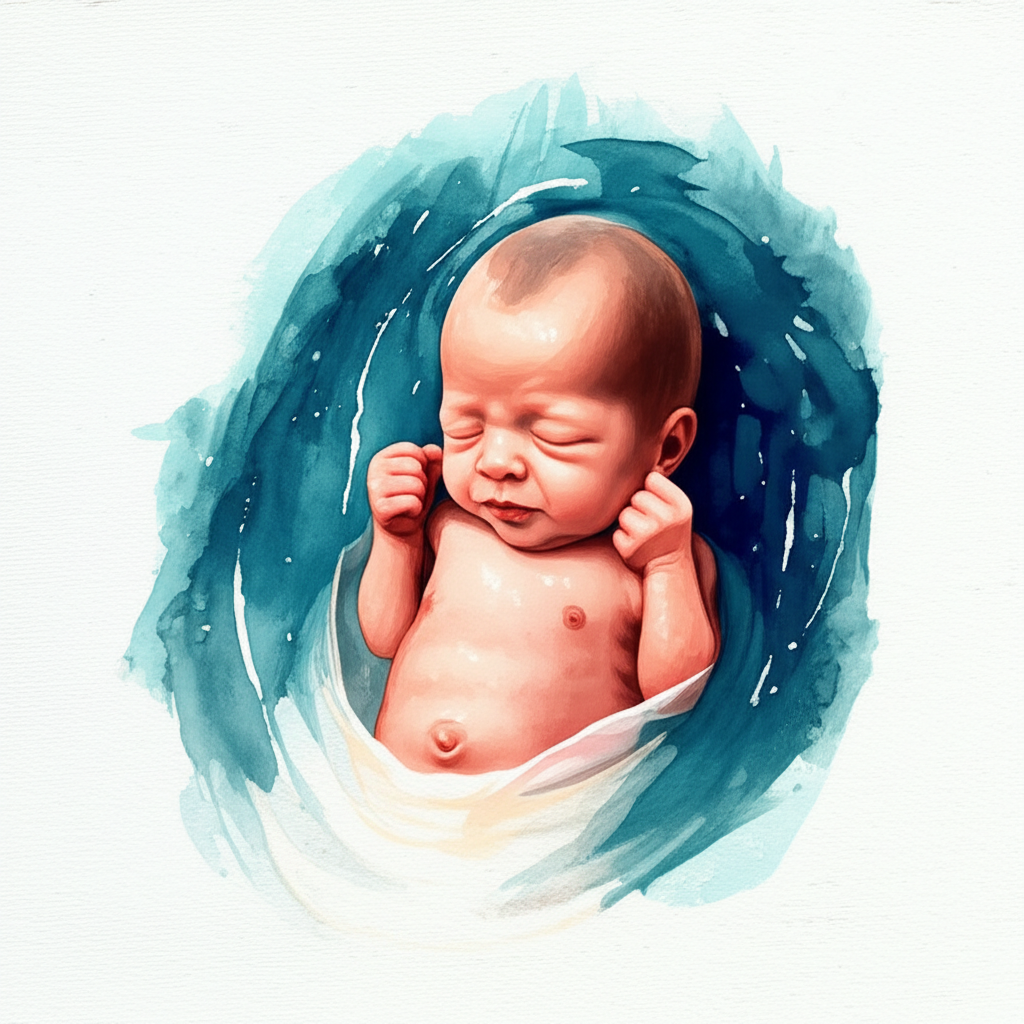
The belief that a newborn’s caul provides protection against drowning is a long-standing superstition steeped in history and folklore. The caul, a fragment of the amniotic sac, which occasionally covers a baby’s head and face at birth, was once considered a powerful talisman, particularly prized by sailors and their families.
Historically, the caul, a thin membrane from the amniotic sac, appears in a small percentage of births, enveloping the baby’s head and sometimes the entire body upon delivery. The amniotic sac contains fluid that nourishes and protects the fetus during gestation. The superstition’s origin seems connected to the observation that newborns typically take their first breath only after being freed from the caul, giving the impression they are protected from drowning within the amniotic fluid. While modern science understands that newborns possess instinctive reflexes that close the windpipe and seal the lungs when submerged, medieval understanding attributed this protection to the caul itself.
01 Jan 0001
The Chilling Superstition: A Sudden Shiver Signifies Someone Has Stepped Over Your Future Grave
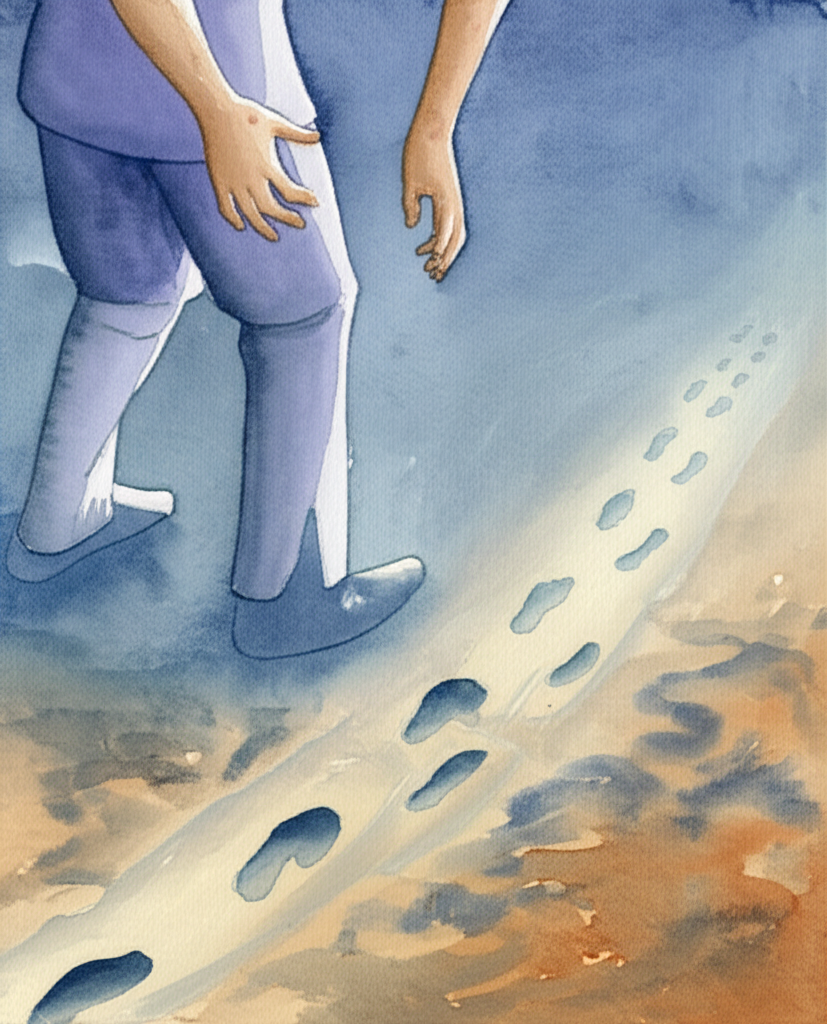
The experience is universal: a sudden, inexplicable chill courses through you, causing a shiver despite the ambient temperature. Often, the immediate reaction is to declare, perhaps jokingly, that “someone just stepped on my grave.” While modern usage is typically lighthearted, the origin of this phrase is rooted in a far more serious and fatalistic belief.
The earliest documented appearance of this superstition dates back to at least 1738, when it appeared in print in Simon Wagstaff’s A Complete Collection of Genteel and Ingenious Conversation. Simon Wagstaff, one of the many pseudonyms of satirist Jonathan Swift, captured the saying as a common expression of the time. The core belief underpinning the phrase stemmed from the idea that each individual’s future grave site was predetermined. Consequently, if a living person inadvertently walked across the precise location where that grave would eventually be, the individual whose future resting place was disturbed would experience a sudden, deathly chill and shiver.
01 Jan 0001
The Evil Eye: A Superstition Rooted in Ancient Beliefs of Envy and Misfortune

The belief in the evil eye, a malevolent gaze capable of inflicting harm, is a superstition deeply embedded in cultures around the world. This belief centers on the idea that an envious or malevolent glare can cause misfortune, illness, or even death to the recipient. Its origins can be traced back to some of the earliest civilizations, and it continues to influence practices and beliefs in many societies today.
01 Jan 0001
The First Foot: The Superstition of the Dark-Haired New Year's Day Visitor

Many New Year’s traditions are steeped in superstition, and one enduring belief is that the first person you see on New Year’s Day should be a dark-haired man, often referred to as the “First Foot.”
Historical Background: The roots of this tradition can be traced back to pre-Christian midwinter festivals, specifically those practiced by the Druids. These celebrations, typically held in late December, marked the end of the dark days and the anticipated return of the sun. Rituals involving singing, bell ringing, and later, noisy celebrations with fireworks, were intended to ward off evil spirits and purify the atmosphere for the arrival of the New Year. The Anglo-Saxon custom of wassailing, where good cheer and blessings were shared through communal drinking, is another historical element that influenced New Year’s customs.
01 Jan 0001
The Lucky Rabbit's Foot: Origins and Evolution of a Warding Charm
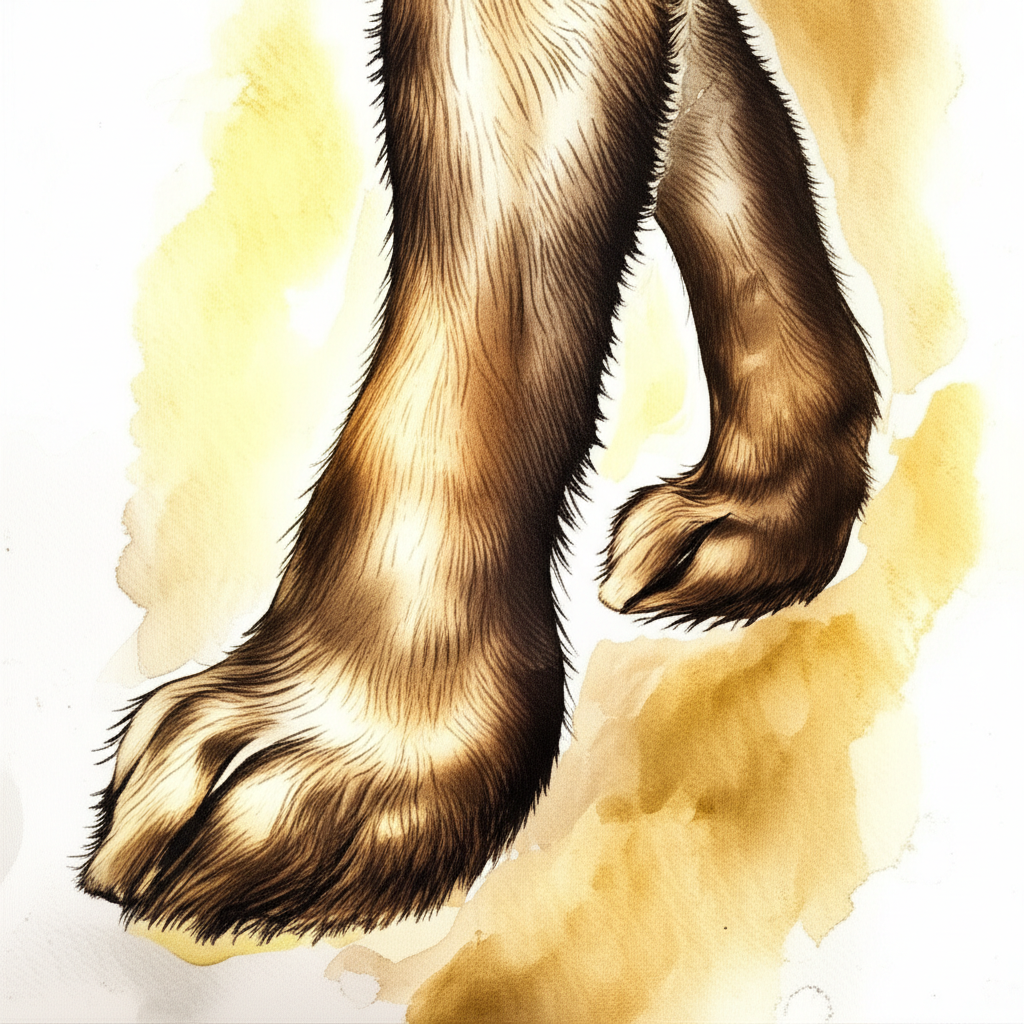
The rabbit’s foot is widely recognized as a good-luck charm, often carried to ward off evil. While popular imagery might suggest ancient roots, the belief in a ’lucky rabbit’s foot’ as a protective amulet is primarily a twentieth-century American phenomenon, albeit one deeply interwoven with older superstitions.
The practice of carrying an animal’s foot as a charm has origins in medieval medicinal beliefs. The foot of a rabbit or hare was thought to possess curative properties for ailments like rheumatism, colic, and gout. In an era where medicinal knowledge was largely derived from plants and animals, such remedies were commonplace. This belief persisted through the superstition-rich sixteenth and seventeenth centuries, solidifying the association of the rabbit’s foot with healing.
01 Jan 0001
The Superstition of Cats Stealing Babies' Breath: Origins and Evolution
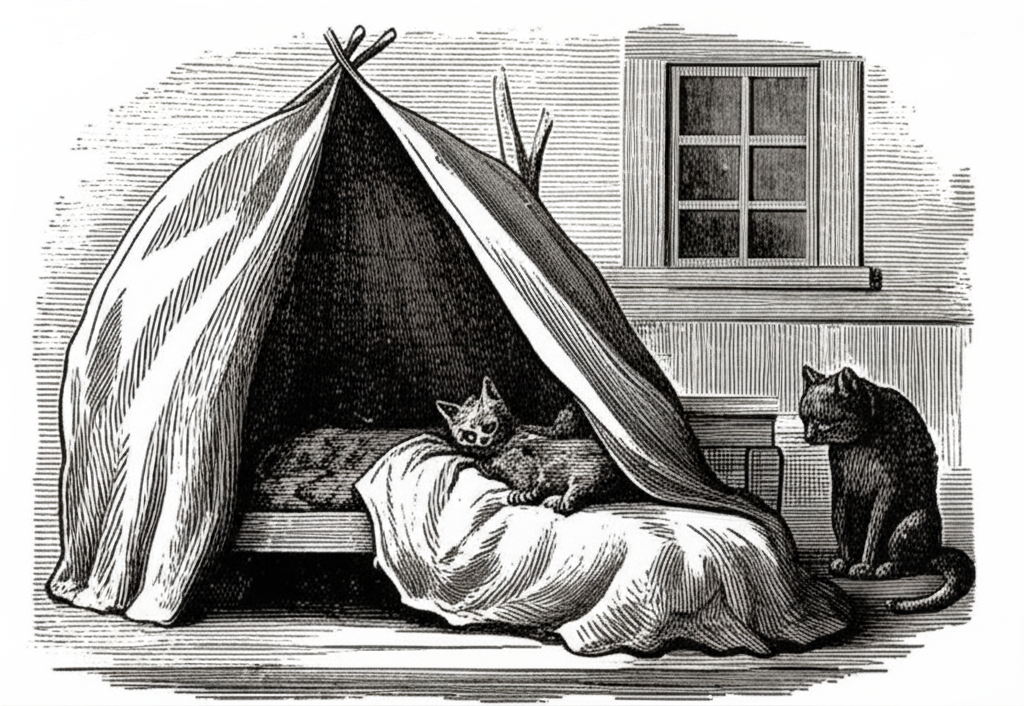
The superstition that cats can steal the breath of babies, leading to suffocation, is a long-standing belief that prompted many to keep felines away from infants. This fear, deeply rooted in history and folklore, reflects both anxieties about the unknown and misinterpretations of animal behavior.
Its origins can be traced back to the sixteenth century, during a time when such notions extended beyond just babies. William Baldwin, an English author, alluded to this apprehension in his 1561 satire, “Beware the Cat,” writing, “That cat . . . got to his mouth and drew so his breath that she almost stifled him.” This quote indicates a widespread fear that cats could potentially deprive individuals of breath.
01 Jan 0001
The Superstition of Crossing Fingers: Origins and Cultural Significance
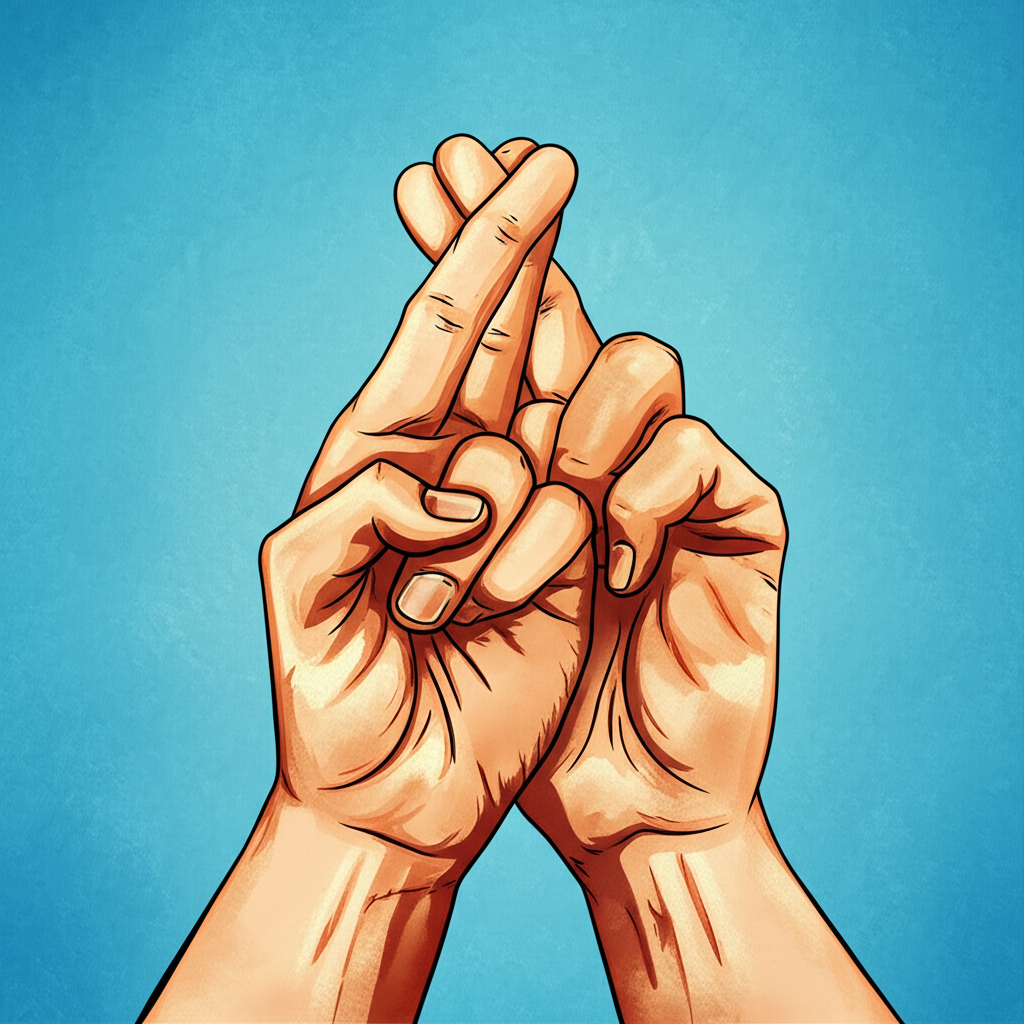
Crossing fingers for good luck is a common gesture, often performed unconsciously, reflecting a deep-seated belief in its efficacy. The phrase ‘fingers crossed’ is ubiquitous in everyday conversation, expressing hope for favorable outcomes in situations involving uncertainty, from minor daily events to major life aspirations. However, the documented history of this seemingly ancient practice is surprisingly recent.
While records of various good-luck customs exist from the 17th century onward, the specific act of crossing fingers for luck isn’t explicitly mentioned in print until the early 20th century. Interestingly, historical accounts suggest that crossing legs was a more prevalent tradition. In 1595, George Peele’s play The Old Wives’ Tale referenced the practice of sitting cross-legged and reciting prayers backward as a charm for good luck. Similarly, Francis Grose’s A Provincial Glossary of Popular Superstitions, published in 1787, noted that women would sit cross-legged to bring luck to their friends playing cards, and also pointed out that, ‘Sitting cross-legged, with the fingers interlaced, was anciently esteemed a magical posture.’
01 Jan 0001
The Superstition of Meeting a Funeral Procession Head-On: An Omen of Bad Luck
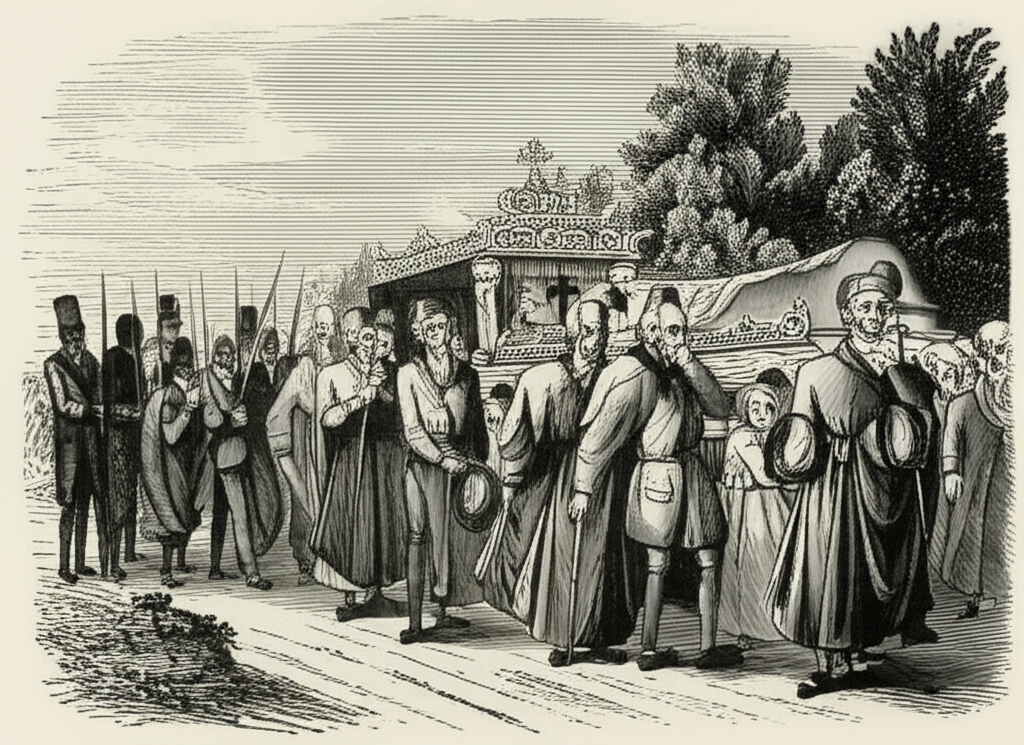
Coming face-to-face with a funeral procession has long been considered an ill omen, steeped in superstition and fear of mortality. This belief, prevalent for centuries, carried significant weight, particularly before the advent of modern medicine and scientific understanding.
Historical Background: During the 1700s and earlier, encountering a funeral procession head-on was often interpreted as a harbinger of death, either for the individual or a close family member. This apprehension stemmed partly from the limited knowledge of disease transmission. Before vaccinations, antibiotics, and widespread sanitation, contagious illnesses and waterborne diseases posed a significant threat. The lack of understanding about germs led to the development of superstitious explanations for disease and death.
01 Jan 0001
The Superstition of Passing Others on Staircases: A History of Bad Luck and Hidden Dangers
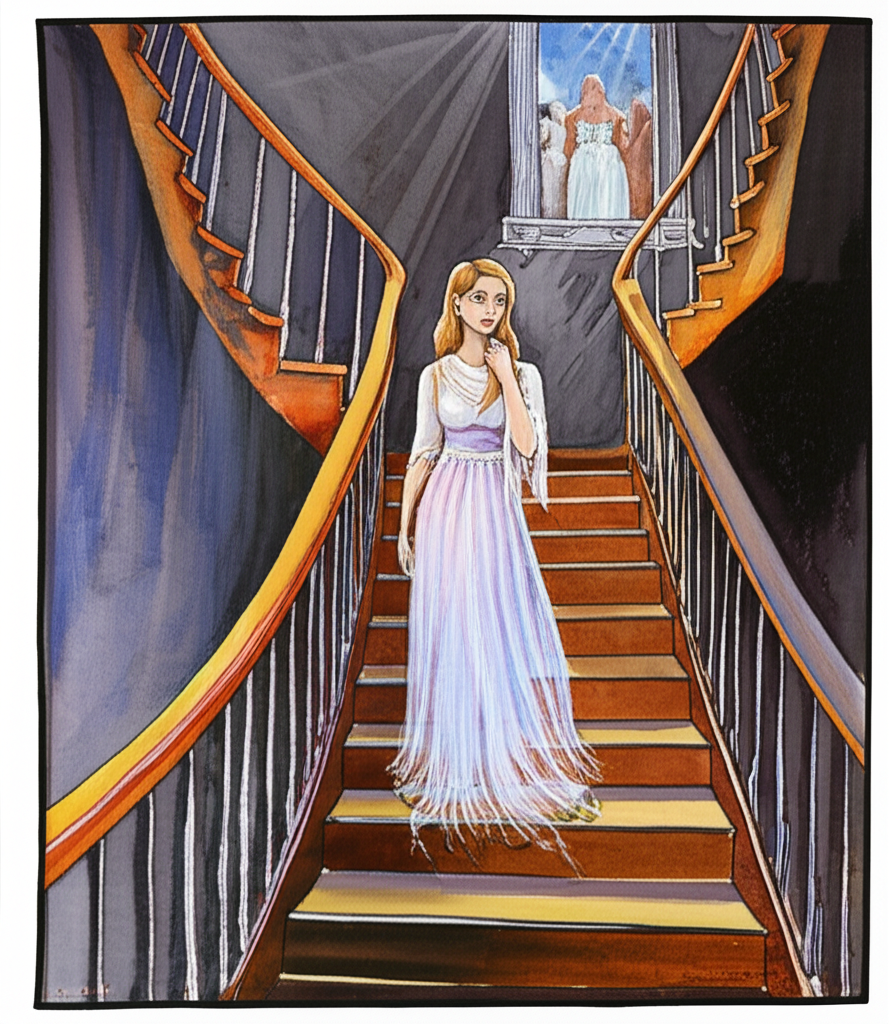
The belief that it is bad luck to pass someone on a staircase is a long-held superstition, the observance of which would create significant logistical challenges in modern public spaces. While a quick crossing of fingers or a held breath may suffice to ward off potential misfortune today, the origins and historical context of this superstition reveal a deeper connection to spiritual beliefs and practical concerns.
The association between stairways and the spiritual realm gained prominence in the mid-nineteenth century. During this era, the veil between the living and the spirit world was perceived as thin, despite rising atheism. Belief in the afterlife and the potential for restless spirits to manifest among the living was widespread. Ghostly apparitions frequently appeared on staircases in accounts of hauntings, with spectral figures, often women in white or the ghosts of children, reported on the steps. This association likely contributed to the heightened sensitivity surrounding interactions on stairways.
01 Jan 0001
The Superstition of Returning Through the Same Door: Origins and Interpretations
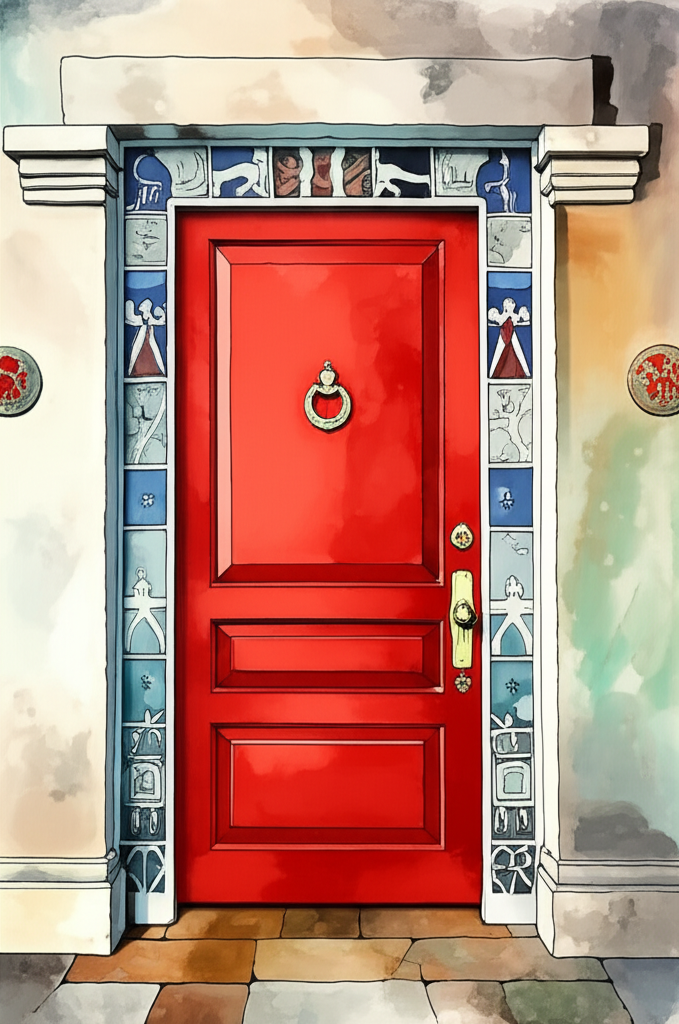
The belief that one should never leave a house through a different door than the one used for entry represents a long-held superstition deeply rooted in folklore and cultural beliefs surrounding the home as a protected space. This tradition emphasizes the door’s significance not merely as a portal but as a symbolic threshold guarded against negative influences.
Historically, the door has held a special status as the entry point to the private world of the home. Since the earliest dwellings, talismans and protective symbols have been placed on doorframes to ward off evil. This practice continues today with good-luck tokens like horseshoes, sacred statues, and Chinese feng shui symbols adorning front doors across various cultures. In China, for instance, doors are often freshly painted with auspicious red paint before the New Year to attract good fortune and happiness to the household, demonstrating the enduring importance of the door in maintaining domestic well-being.
01 Jan 0001
The Superstition of Saying 'Bless You' After a Sneeze: Origins, Evolution, and Cultural Significance
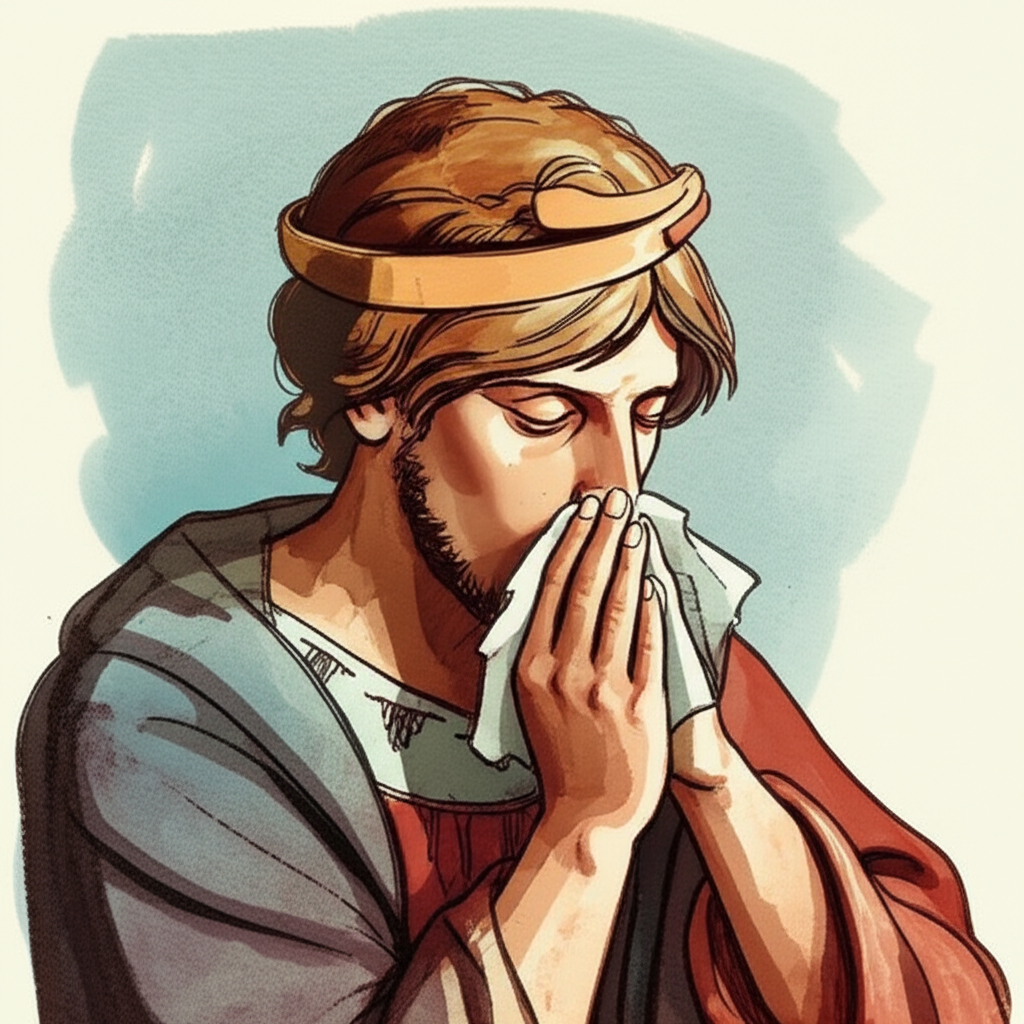
The simple act of saying ‘Bless you’ after someone sneezes is a deeply ingrained superstition in Western culture, performed almost automatically by many. This widespread practice, however, has roots stretching back centuries, evolving from practical concerns about health and mortality to spiritual beliefs about the soul and potential demonic influence.
Historical records suggest that the custom of acknowledging a sneeze is quite ancient. The Roman naturalist and philosopher Pliny the Elder, writing in 77 AD in his work Natural History, questioned the origin of this salutation, noting that even the notoriously unsociable Emperor Tiberius Caesar observed the practice. While Pliny did not provide an explanation, his observation confirms that the custom was already established in Roman society during the first century.
01 Jan 0001
The Superstition of Thirteen: A Historical and Cultural Examination
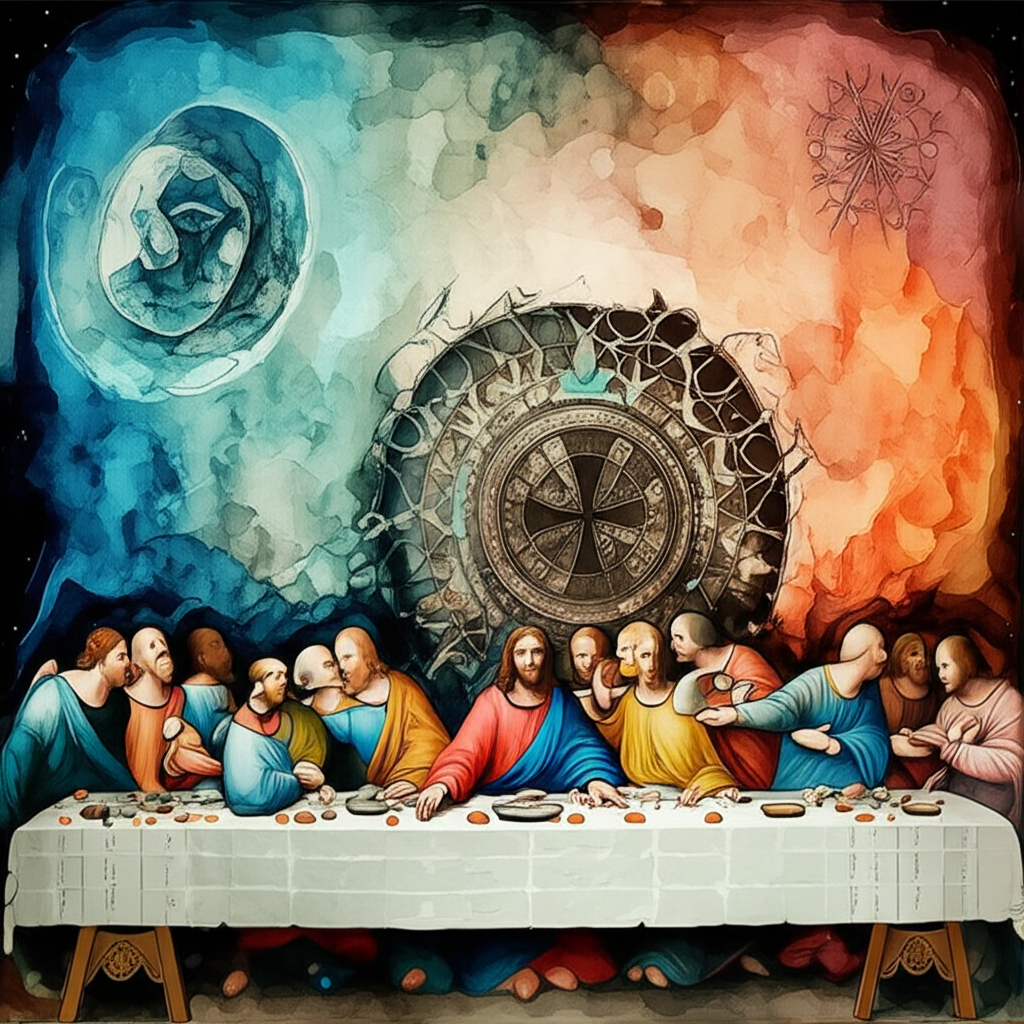
The superstition surrounding the number thirteen remains a widespread cultural phenomenon, influencing various aspects of modern life. This enduring belief in its unluckiness manifests in practices such as omitting the thirteenth floor in high-rise buildings, avoiding a thirteenth aisle on airplanes, and rarely numbering hotel rooms with thirteen.
The origins of this superstition are varied, with multiple explanations rooted in historical and cultural narratives. A prominent theory links the fear of thirteen to the biblical account of the Last Supper. The gathering of Jesus and his twelve apostles, totaling thirteen individuals, is often cited, with Judas Iscariot, the betrayer, identified as the thirteenth guest. This association of thirteen with betrayal and misfortune cemented its negative connotations in Christian tradition.
01 Jan 0001
The Superstition of Toads or Frogs Entering a House Signifying Bad Luck
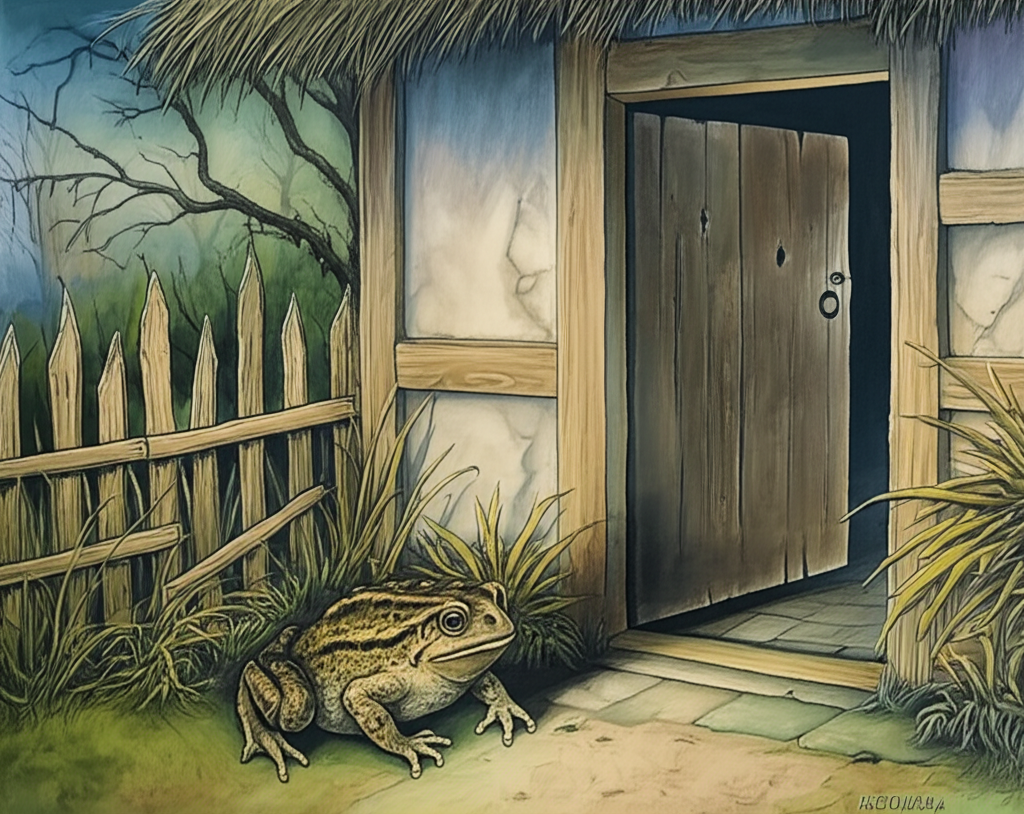
The superstition that a toad or frog entering a house brings bad luck is deeply rooted in historical beliefs about witchcraft and the association of these amphibians with malevolent forces. This belief, prevalent in earlier centuries, particularly the seventeenth and eighteenth, stems from a perception of toads and frogs as familiars or representatives of witches, indicating impending misfortune.
The historical background of this superstition is strongly connected to the witch trials and witchcraft beliefs common during the 17th and 18th centuries. During this period, toads and frogs were not simply seen as part of the natural environment; they were perceived as agents of ill fortune, extensions of a witch’s power and intention to cause harm. The appearance of these creatures within the confines of a home was taken as a clear signal that someone wished the occupants ill, having sought the aid of a witch to place a hex or curse upon them.
01 Jan 0001
The Superstition of Tying a Knot in a Handkerchief: Protection, Memory, and Magic
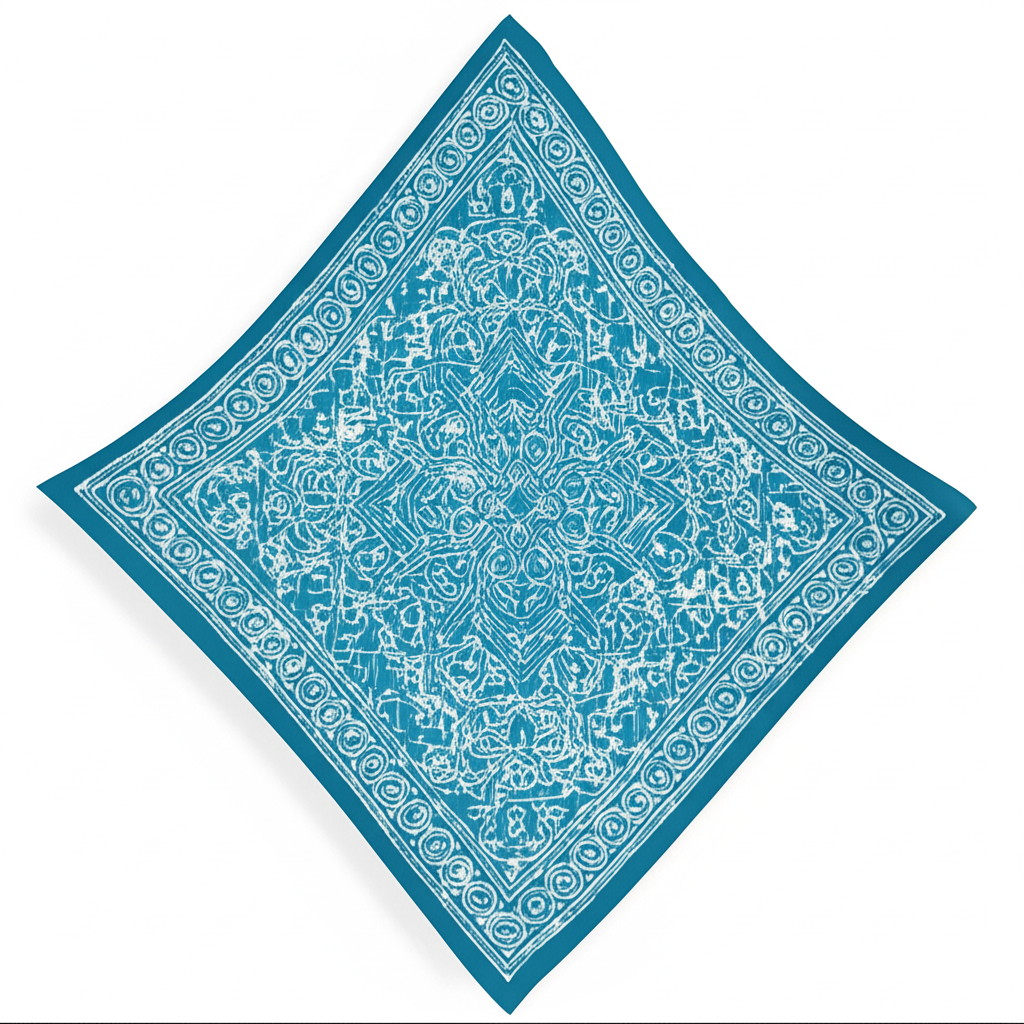
Most people today associate tying a knot in a handkerchief with a simple memory aid. However, a far older superstition attributed much greater power to the knotted cloth: the ability to ward off evil influences and act as a protective charm. This belief, rooted in folklore and interwoven with concepts of witchcraft and demonic interference, provides a fascinating glimpse into historical anxieties and symbolic thought.
The superstition surrounding knotted handkerchiefs dates back to at least the fourteenth century. The underlying concept suggests that malevolent entities, such as devils and demons, would be drawn to the intricate complexity of a knot. The act of trying to untie the knot would then consume their attention, distracting them from their original nefarious purposes. In essence, the knot acted as a cunning diversion, deflecting evil intent before it could manifest.
01 Jan 0001
The Superstition That a Bat Tangled in One's Hair Signals Demonic Possession
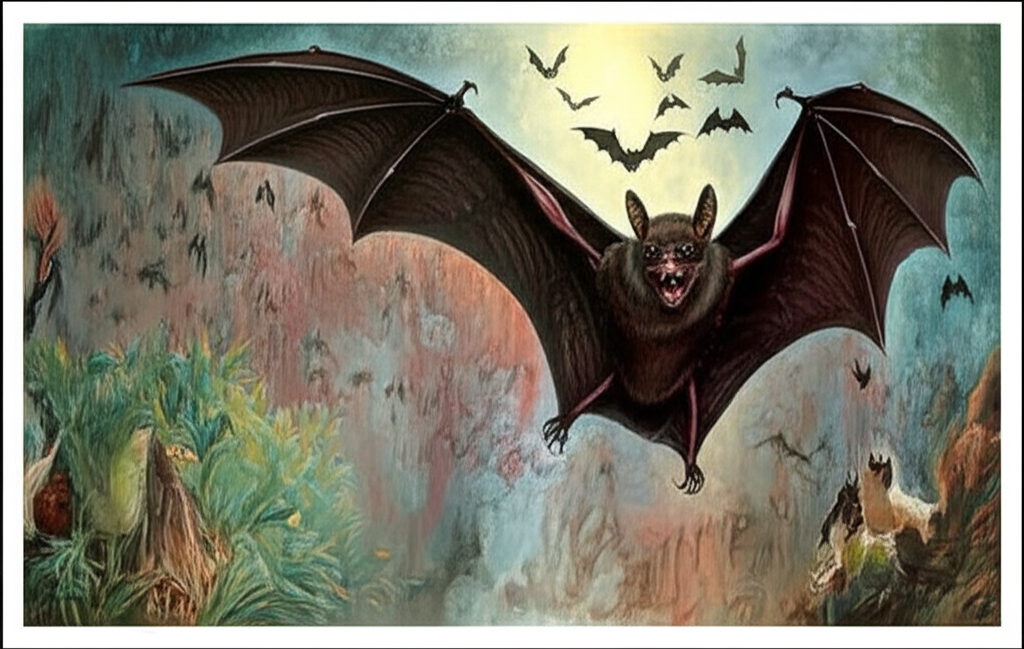
The notion that a bat flying into someone’s hair signifies demonic possession is a long-standing superstition rooted in historical and cultural beliefs. This fear, largely a Western phenomenon, stems from associating bats with darkness, witchcraft, and malevolent forces. Understanding this superstition requires exploring its origins and evolution through different eras.
The association of bats with evil can be traced back to ancient times. The Roman poet Virgil, for example, linked bats to a sense of evil by drawing parallels between them and the monstrous winged creatures described in Homer’s Iliad. Interestingly, not all ancient interactions with bats were negative. In the first century AD, charms crafted from bat bones were used to ward off evil. Similarly, the Roman naturalist Pliny the Elder recommended hanging a bat’s body upside down above a doorway as a protective measure against misfortune. These practices highlight an ambiguous early relationship, with bats simultaneously feared and used as protective amulets.
01 Jan 0001
The Superstition That a Sailor Wearing an Earring Cannot Drown: Origins and Evolution

Sailors, historically facing constant dangers at sea, developed numerous superstitions to ward off misfortune, one of the most enduring being the belief that an earring protected them from drowning. This notion, while seemingly simple, is rooted in complex historical, cultural, and symbolic contexts.
Ear piercing itself is an ancient practice. Archeological evidence indicates that humans adorned themselves with earrings as early as five thousand years ago. Mentions of earrings appear in ancient texts, including the Old Testament and Greek mythology, suggesting their widespread cultural significance across diverse civilizations.
01 Jan 0001
The Superstition That Women Onboard Ships Angered the Sea, Endangering the Vessel

Superstitions have historically played a significant role in various aspects of life, but they were particularly prevalent among those whose lives were perceived to be at the mercy of chance. Seafarers, especially during periods when ocean navigation was rudimentary and weather prediction unreliable, faced constant danger, leading them to embrace superstitions as a means of exerting control or mitigating risk. One such enduring superstition was the belief that the presence of women onboard ships would anger the sea, bringing misfortune to the vessel and its crew.
01 Jan 0001
The Unexpected Chime of a Broken Clock is Superstitiously Believed to Foretell a Death in the Family
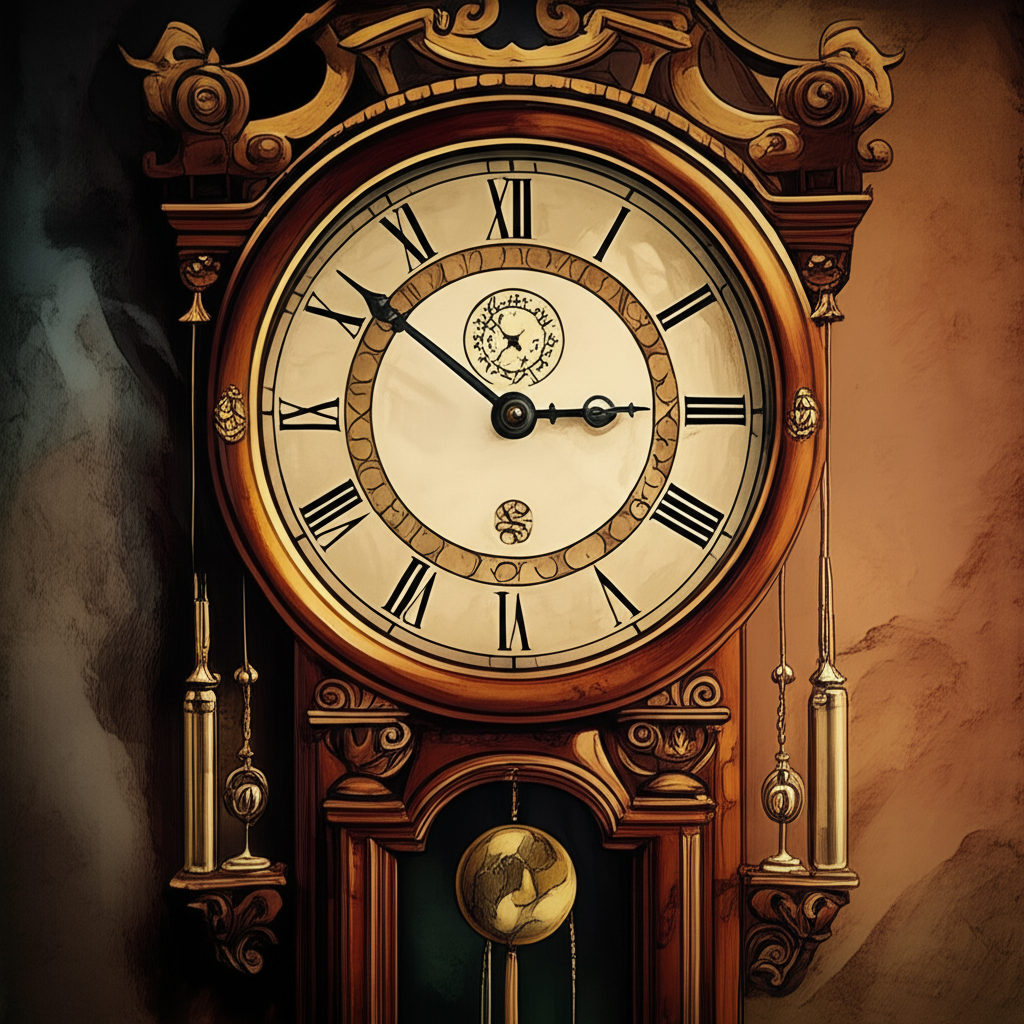
The superstition surrounding a broken clock suddenly chiming as a harbinger of death in the family is a belief rooted in historical context and evolving cultural anxieties about time, mortality, and the unknown. This article will explore the origins, development, and modern interpretations of this enduring superstition.
Historical Background: The association of clocks with death is a relatively recent phenomenon compared to many older death omens. The presence of clocks in domestic settings was uncommon before the late sixteenth century. Prior to that, mechanical clocks were primarily utilized in church bells, which served as the primary timekeeping method besides observing the sun’s movement. The very word ‘clock’ originates from the French term ‘cloche,’ meaning bell, further cementing this early association. During the Tudor period, complex timepieces were a luxury accessible only to the wealthy, while the majority of the population relied on daylight hours for work and rested at dusk.